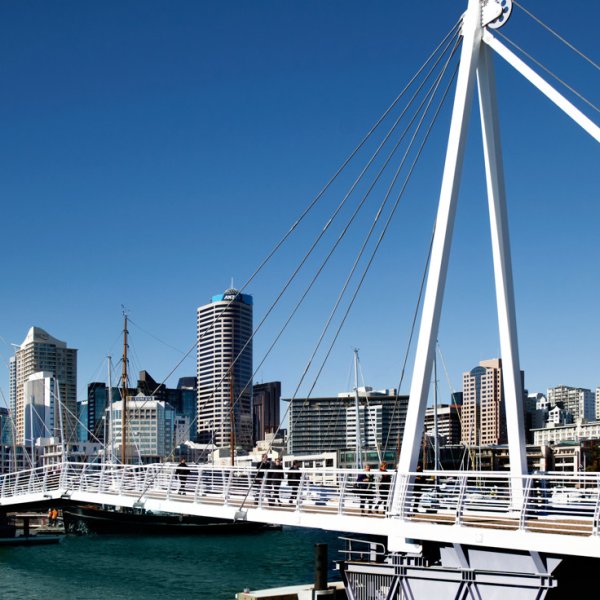Viv Beck: Transformation, growth with a tale of intermingling halves
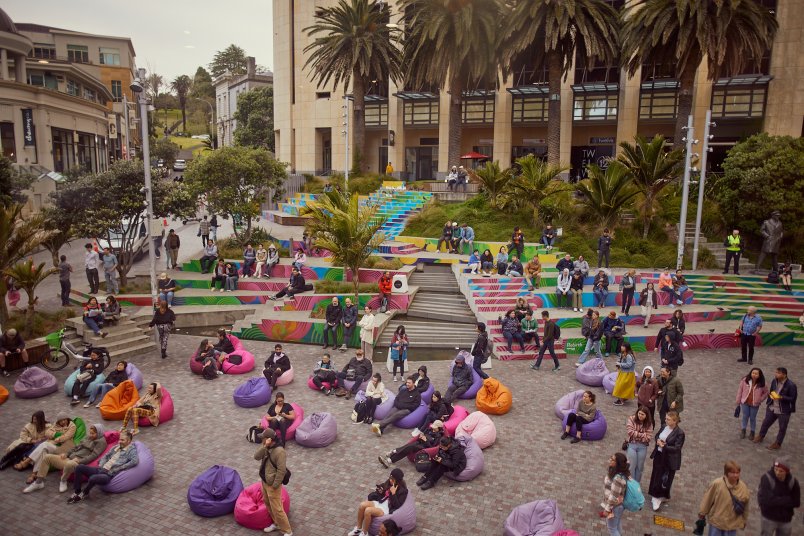
This opinion piece by Viv Beck was published in the New Zealand Herald on 21 May 2024 as part of Project Auckland.
Developer Mansons TCLM’s most expensive office build, on the former site of NZ Herald at 50 Albert St in Auckland’s city centre is symbolic.
Of investment and growth. Of people returning to the office. Of reinventing a street hammered by construction for years.
Months out from completion, this building is fully tenanted with Spark and Milford Asset Management amongst the prominent businesses keen to locate their people in 6-star green-rated accommodation, close to transport and sought-after amenities. This illustrates the flight to quality trend, which has been the domain of prime waterfront locations for some time — employers want their teams back together and a top-notch office is a way to do this.
Data backs this up, with research from JLL showing that our city centre is tracking well internationally with 23 per cent of respondents wanting to be in the office five days a week to be with people; and 70 per cent wanting to be back between three and five days a week.
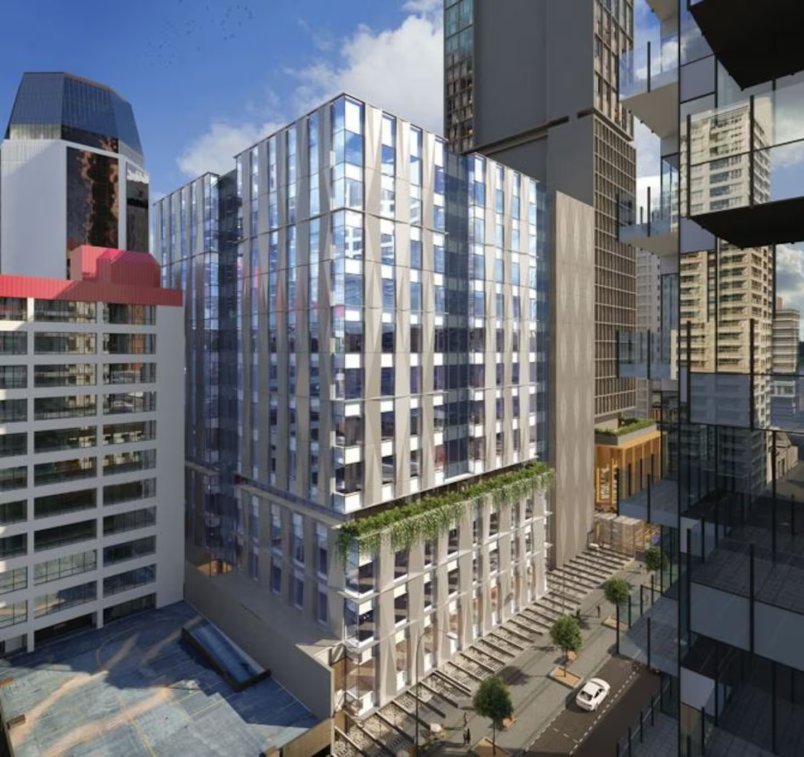
Fifty Albert Street is being sold to a multibillion-dollar Asian fund, which speaks to confidence in the future of our city centre and its growth potential. One tenant has chosen the large floor plate deliberately to support teamwork and accommodate growth.
This is also symbolic of the reinvention of Albert St around its new underground rail line. Imagine the difference 3000 people in this building alone will make in the next year. Further down the partly reinstated street, Alberts is charting its own course in upscale accommodation for downsizing businesses. Head back up towards SkyCity and the Formery confidently touts “Swap WFH for Work from Here”.
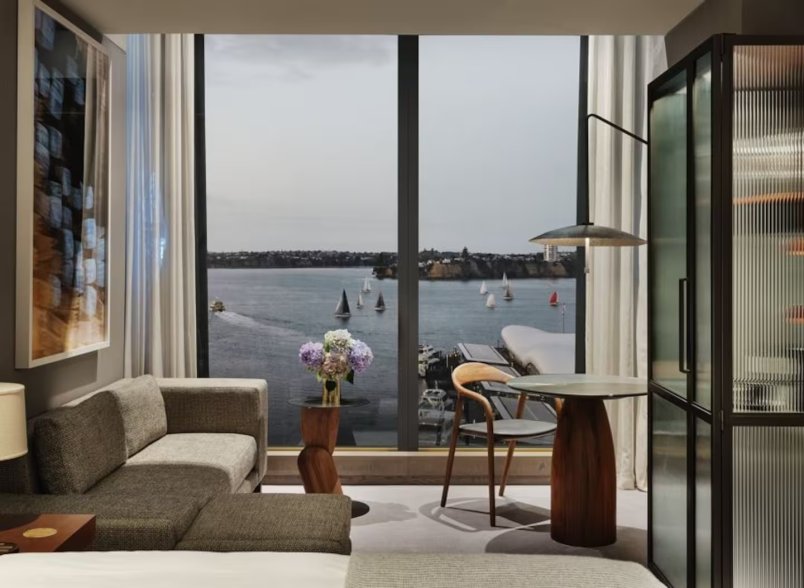
Our corporate sector is by far the biggest contributor to city centre GDP, which grew 9.2 per cent in the year to March 2023, well ahead of the rest of New Zealand at 2.8 per cent. And while the “big end of town” is not immune to the headwinds plaguing small and medium businesses, sectors like technology will be instrumental in the city centre’s future. This assumes we continue to attract and develop the skills needed to support their growth and build on the benefits of our world-class learning institutions and innovation.
From closed borders a few years ago, the hotel sector continues to expand, showing confidence in our city as a place to visit: the Intercontinental is now open at No. 1 Queen Street; the Horizon Hotel at SkyCity is due to open soon, in advance of the NZ International Convention Centre; and the recently announced Radisson Hotel, is expected to open in Queen St next year. Albert St has its fair share too, with Hotel Indigo soon to join JW Marriott, Holiday Inn Express, and the voco.
And while the mid-town area is still a work in progress, what lies ahead in the Aotea Arts Quarter will blow the creative minds of Aucklanders and visitors. Covid and cost-cutting exercises continue to show how much the arts are valued, by diverse communities both here and internationally.
The Symphony Centre development will bring an injection of vitality that will solidify the city centre’s role as a place to come for compelling experiences that you don’t see in a local neighbourhood. It will usefully bring arts and culture to the fore as a driver of economic value too.
Along with the long-awaited restoration of the St James theatre, developments like this will help to enliven the Queen, our most famous street. While luxury retail demand is once again outstripping supply at the waterfront end, Queen St as a whole remains integral to the future of the city centre and it needs to shine.
The number of apartment blocks under construction and planned is also a code for growth. While apartment living is relatively new to New Zealand, once you’ve tried it, it’s hard to go back to the burbs. No commute, just a short stroll to work and plenty of choice for coffee as good as you’ll get anywhere in the world on the way. With a young demographic dominating city centre resident metrics (median age 29.1), it’s not hard to see this growth heating up.
While development takes time, there is now enough critical mass of projects delivered to be able to smell transformation in the air.
Some years ago, we were raring to go with a visitor experience on Queen’s Wharf, designed to show the city centre of the future with a human-size 3-D printed model of the key projects with technology to bring it to life. We wanted to take locals and visitors on the journey of our changing city and give Aucklanders the chance to experience new things as they neared completion. Ironically, construction on Quay St scuppered the idea.
Now, for the first time since the depths of Covid, it feels as if we are heading into the “unveil” territory with increasing frequency and it’s a good time for people to revisit their dented perceptions and start enjoying what is emerging.
A transforming place is a tale of two intermingling halves and being a champion for a place that has caused pain to many of the people we represent, has not been straightforward.
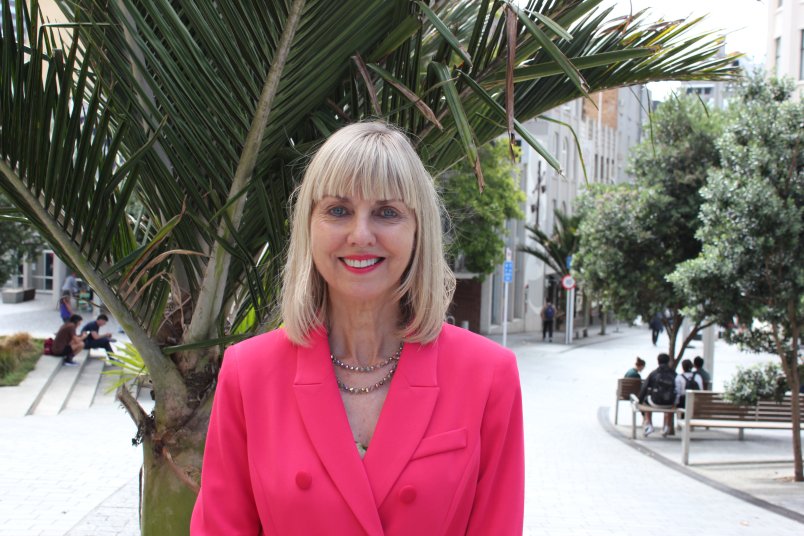
Spending has been steadily increasing, ably helped by the return of tourists and a bumper cruise season. However, foot traffic remains stubbornly down at around 70-80 per cent of pre-Covid levels. Growth and ongoing transformation will keep chipping away at this shortfall.
And right now we need more people back to support businesses that we wouldn’t want to be without and keep encouraging new ones to enhance the offering and meet the changing needs of consumers.
Events and activation are critical to this. There is already a diverse range of activity that brings people here and we are never short of content to promote through our social media channels. Our Restaurant Month event changes every year to highlight the range and quality of our spectacular food offerings. Last year, walking tours of some of the hidden gems in and around Queen St were particularly popular.
And while some businesses are looking ahead with concern to winter this year, the World Choir Games will be lively and welcome in July. It’s the largest choral festival and competition in the world, with more than 10,000 delegates coming.
Beyond this, Auckland needs a strong pipeline of major events to supplement all the great local activity.
One of the barriers for people to come here has been caused by the construction itself — access for customers and suppliers. Some of the concerns will be overcome when the City Rail Link opens, and as public transport is further developed. In addition, emergency services, loading and servicing, access for people with mobility disabilities, drop-off places for cabs and rideshare, along with legible access for people who still need to drive all need to be well considered as the city transitions.
As our international city centre keeps emerging from its chrysalis and vision becomes reality, please come and enjoy the progress through new eyes.


